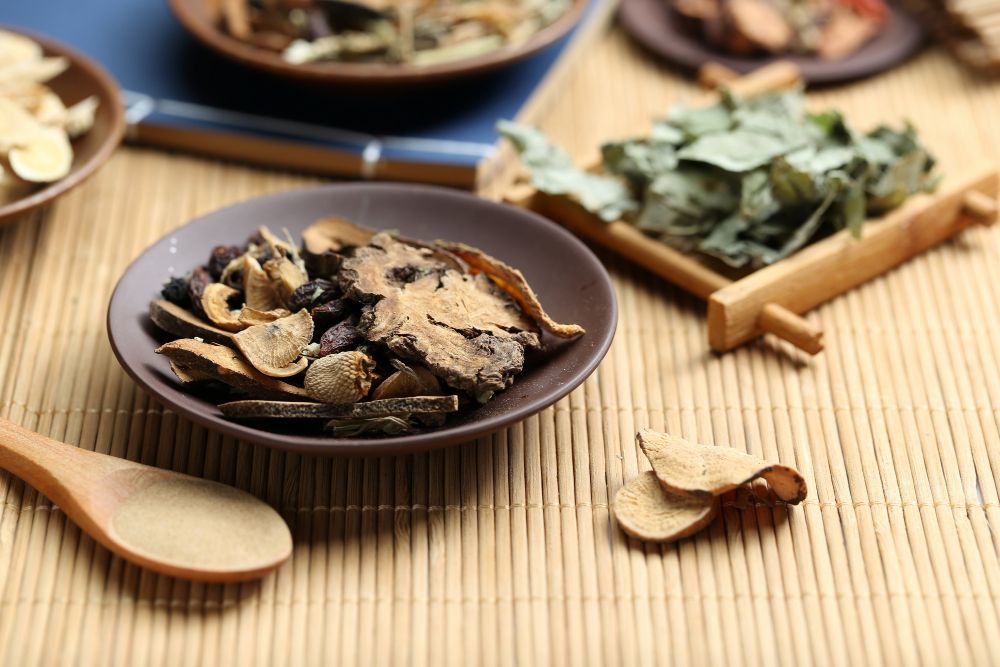In the pursuit of holistic health, many individuals are turning to the ancient wisdom of Traditional Chinese Medicine (TCM) to find relief from aches and discomfort. Rooted in centuries of practice, TCM offers a unique approach to addressing various ailments, focusing on restoring balance and harmony within the body.

Understanding Traditional Chinese Medicine
It’s important to understand the foundations of Traditional Chinese Medicine before exploring its applications for treating aches and pains. Qi (pronounced “chee”), the life force that moves through the body through channels called meridians, is central to Traditional Chinese Medicine. The theory of TCM states that disease and discomfort result from a disturbed or restricted Qi flow.
Holistic Healing Practices
TCM encompasses a range of holistic healing practices, including acupuncture, herbal medicine, cupping therapy, and Tui Na massage. Each modality is designed to address specific imbalances within the body and promote overall well-being.
Acupuncture: Restoring Balance
The most well-known application of TCM is probably acupuncture, which involves inserting tiny needles into predetermined locations on the body’s meridians. Acupuncture seeks to stimulate these points in order to release blockages in the flow of Qi and bring the body’s energy systems back into equilibrium. This traditional medicine has demonstrated efficacy in treating a wide range of pains, including headaches, musculoskeletal discomfort, and long-term ailments like arthritis.
Herbal Medicine: Nature’s Pharmacy
Another cornerstone of TCM is herbal medicine, which utilizes a vast array of medicinal plants and botanicals to address a wide range of health concerns. Herbal formulas are carefully crafted to target specific imbalances within the body, providing natural relief from aches and discomfort without the side effects often associated with conventional medications.
Cupping Therapy: Releasing Tension
Cupping therapy is another useful TCM method for easing pain and suffering. It entails placing suction cups to the skin. By creating suction, cupping releases muscular tension and quickens the healing process by boosting blood flow to the wounded area. Among the conditions that this approach is most effective at treating include sports injuries, neck discomfort, and back pain.
Tui Na Massage: Healing Touch
Tui Na, a form of Chinese therapeutic massage, focuses on applying pressure to specific points and meridians to promote the flow of Qi and relieve tension. This hands-on approach can be highly effective in addressing musculoskeletal issues, promoting relaxation, and enhancing overall well-being.
Integrating TCM into Your Wellness Routine
Adding Traditional Chinese Medicine to your wellness regimen can have significant advantages, whether you’re trying to improve your general health and vigor or find relief from chronic pain. TCM offers a holistic approach to treatment that is in line with both conventional thinking and contemporary research by addressing the underlying causes of suffering and fostering equilibrium within the body.
Conclusion: Embracing Holistic Healing
In our modern, stress-filled world, Traditional Chinese Medicine (TCM) offers hope for natural relief from discomfort. Through acupuncture, Chinese herbal products, cupping, and Tui Na massage, TCM restores balance and boosts well-being. Embracing TCM principles enhances vitality, guiding us towards holistic healing.